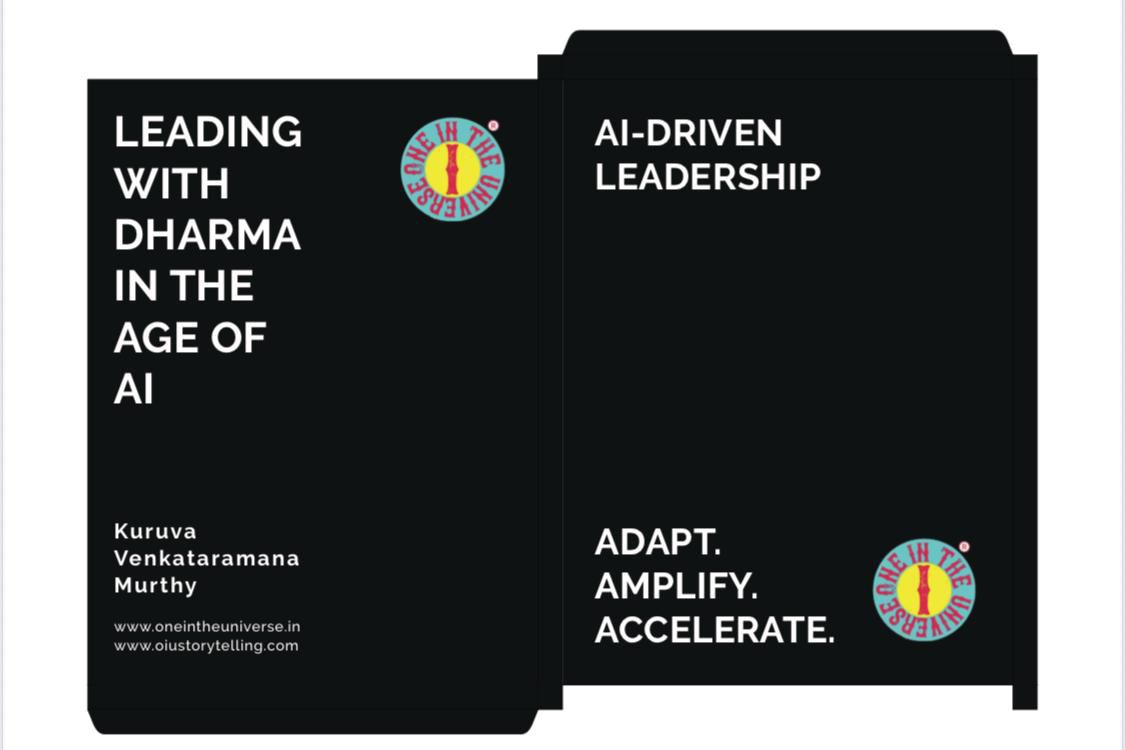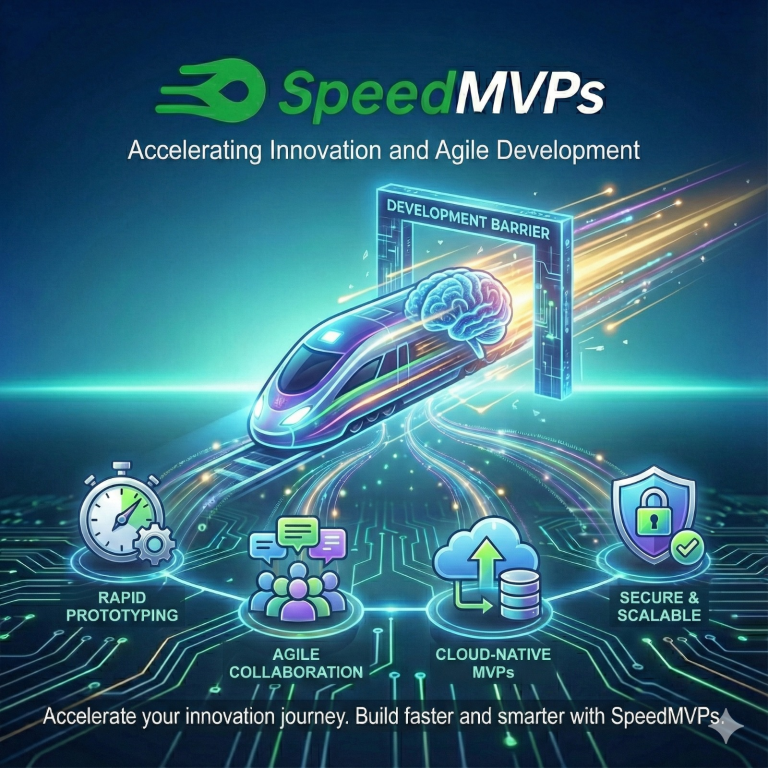
AI-Driven Leadership
As artificial intelligence reshapes economies, rewrites job descriptions, and nudges us into new cognitive habits, one question remains under-examined: What are we becoming in the process? It is this foundational query that underpins AI-Driven Leadership: Leading with Dharma in the Age of AI, the latest work by Indian author and leadership thinker Kuruva Venkataramana Murthy.
The book makes no effort to join the noise of innovation. Instead, it quietly interrogates it.
Published against the backdrop of increasing AI regulation, ethical alarm bells, and debates over automation’s reach, AI-Driven Leadership: Leading with Dharma in the Age of AI steps back — not to resist progress, but to ask what kind of progress is worth pursuing.
Disruption Without Direction?
In recent years, the term “leadership” has become synonymous with disruption, speed, and scalability. Silicon Valley’s culture of rapid iteration has spilled into policymaking, business, and education, urging leaders to “move fast,” “optimize everything,” and “pivot constantly.”
Murthy’s book offers no such celebration. In fact, AI-Driven Leadership: Leading with Dharma in the Age of AI reads like a cautionary tale about leadership unmoored from meaning.
What if the true crisis isn’t about how fast AI is advancing but how slowly our capacity for ethical reflection is evolving?
Dharma as Method, Not Metaphor
At the heart of the book is dharma—not romanticized or moralized, but treated as an operational lens. The author does not use it to preach but to pose a challenge: can we build systems that are not just efficient but ethically aligned? Can leadership be reframed not as domination of complexity but as the ability to hold space for ambiguity?
Murthy’s references are mostly Indian, but the argument is global. He makes a compelling case that leadership today suffers not from lack of intelligence, but from a collapse of coherence — between ambition and awareness, between technology and truth.
The book’s subtitle, “Leading with Dharma in the Age of AI,” is not a cultural assertion. It’s an ethical provocation.
Fault Lines of the Present
Rather than offering conclusions, Murthy outlines three fault lines he believes define contemporary leadership:
- A fracture of integrity, where stated values rarely shape system design.
- A shortage of awareness, where decisions are made before implications are understood.
- A dislocation from relevance, where tools outrun cultural, emotional, and social depth.
These aren’t just philosophical critiques. They’re deeply grounded in how digital systems behave in real life — from biased hiring algorithms to predictive policing, from AI-generated credit scoring to content moderation in politically volatile regions.
The book’s concern is not AI per se. It is who we are becoming while building it.
Reading Without Escaping
Unlike traditional leadership books, AI-Driven Leadership: Leading with Dharma in the Age of AI doesn’t offer ease. There are no bullet points for success. No frameworks for quarterly alignment. No claims about “transforming culture at scale.”
Instead, it reads more like a long walk with difficult questions.
The tone is measured, the language grounded, and the structure reflective. Chapters unfold in loops, not ladders. The reader is often returned to earlier questions, asked to sit with them longer. In this way, the book mirrors its own thesis — that growth should spiral, not sprint.
Murthy doesn’t claim to be above the fray. He shares reflections from his work with founders, teams, and institutions — not to assert expertise, but to reveal blind spots.
Slowness as Praxis
One of the more radical gestures of the book is its endorsement of slowness — not as a rejection of technology, but as a refusal to equate velocity with value.
A recurring phrase in the book is: “Speed without discernment is erosion in disguise.”
In a moment when speed is treated as an indicator of brilliance, AI-Driven Leadership: Leading with Dharma in the Age of AI asks leaders to pause — not out of fear, but out of responsibility.
Murthy introduces practices like “Sacred Shutoff,” “Empathy Loop,” and “Red Flag Ritual” not as rituals in a spiritual sense, but as deliberate breaks in automation — human pauses in digital loops.
Against the Illusion of Neutrality
Another central theme is the myth of neutrality. AI systems, Murthy argues, do not simply reflect logic. They replicate values — and often, uncritically.
Through fictional but realistic examples — such as a fintech startup unwittingly rejecting rural applicants due to historical data bias — the book illustrates how intelligence without context becomes harm.
In this way, AI-Driven Leadership: Leading with Dharma in the Age of AI joins a growing body of global literature urging not just ethical AI, but ethically self-aware AI creators.
A Book That Doesn’t Try to Be a Brand
Perhaps the book’s biggest strength is what it chooses not to be.
It doesn’t brand itself as a movement. It doesn’t position its author as a savior. It doesn’t capitalize on controversy. It simply raises difficult, necessary, often inconvenient questions — and leaves the reader to reckon with them.
In doing so, AI-Driven Leadership: Leading with Dharma in the Age of AI aligns more closely with critical thought than with content. It belongs less on motivational stages and more in seminar rooms, policy roundtables, and slow Sunday mornings.
Its true ambition may be not to lead a generation of leaders, but to return leadership to the realm of conscience.





